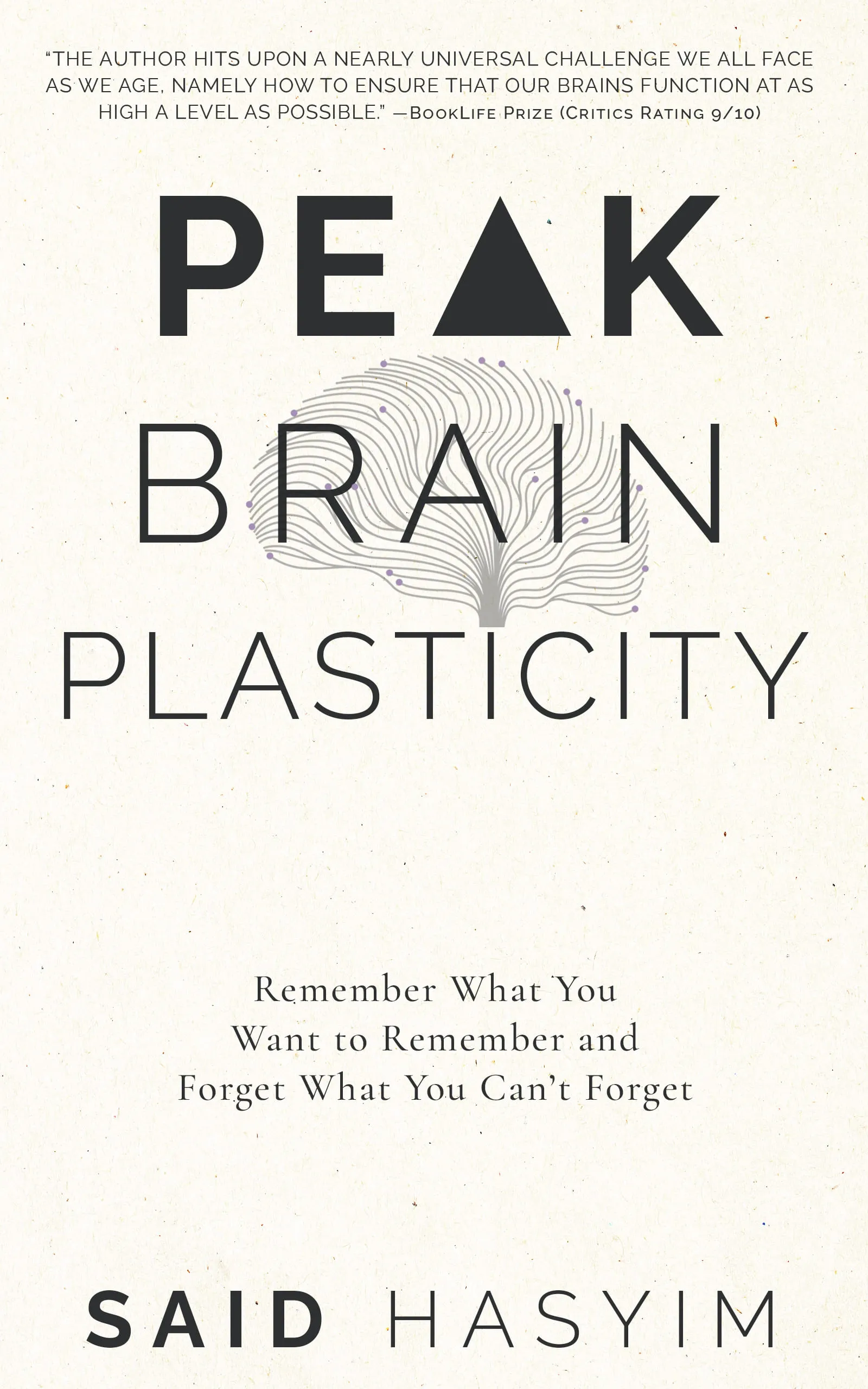Brain Flexibility: Understanding Memory Evolution
The human brain is a marvel of evolution, capable of complexity and adaptability. At the heart of this adaptability is a remarkable feature known as brain flexibility, which refers to the brain's ability to adjust its neural functions and processes based on experiences, learning, and environmental changes. One of the core components of this adaptability is memory, which has evolved significantly over time. In this blog post, we will explore the concept of brain flexibility, how memory has evolved, and the implications of this evolutionary process for our understanding of cognition today.
What is Brain Flexibility?
Brain flexibility, often referred to as cognitive flexibility, encompasses the brain's ability to shift between thinking about different concepts or to think about multiple concepts simultaneously. This includes adapting to new information, switching strategies when solving problems, and the capacity to behave based on past experiences. This flexibility is essential for learning, decision-making, and navigating the unpredictable nature of the world around us.
Importance of Brain Flexibility
The importance of brain flexibility in humans can’t be overstated. It allows us to:
- Adapt to Change: In a constantly changing environment, being able to re-evaluate our strategies and adapt our thinking plays a crucial role in survival.
- Learn from Experience: Flexibility aids in memory formation and retrieval, driving our capacity to learn from past experiences and adjust our future behaviors accordingly.
- Solve Problems Creatively: Creative problem-solving often requires the ability to think outside the box and explore various possibilities, which is facilitated by brain flexibility.
- Enhance Social Interactions: Understanding different perspectives and responding adequately to social cues demands a flexible thought process, enabling us to engage meaningfully with others.
Memory: A Hallmark of Evolution
Memory is not just a storage system for information; it is an adaptive function that has evolved to enable individuals to navigate complex environments. Throughout our evolutionary history, memory has adapted to meet the needs of survival and reproduction, shaping how we interact with the world.
Types of Memory
Memory can be broadly categorized into two main types:
Explicit Memory (Declarative Memory): This includes memories that can be consciously recalled, such as facts and events. It can be further divided into episodic memories (personal experiences) and semantic memories (general knowledge).
Implicit Memory (Non-declarative Memory): This is the type of memory that influences our behavior unconsciously, including skills and habits, emotional responses, and conditioned responses.
Evolution of Memory
Memory has evolved through various stages, influenced by the social and environmental demands faced by our ancestors. Here are some key aspects of this evolution:
1. Survival Instincts
Early human beings who could remember the locations of food, water, and predators had a clear survival advantage. The development of episodic memory allowed individuals to recall specific events and contexts, which directly impacted their ability to survive.
2. Social Learning
As humans began to live in groups, the need for social memory emerged. The ability to remember faces, social hierarchies, and past interactions facilitated the development of complex social structures. Our capacity to learn from others’ experiences—observational learning—also became a significant factor in cognitive evolution.
3. Cultural Memory
With the rise of language and symbolic thinking, cultural memory began to take shape. This form of memory allows groups to pass knowledge, traditions, and beliefs from one generation to another, creating a collective memory that forms the backbone of societies.
4. The Role of the Hippocampus
The hippocampus plays a crucial role in the formation and retrieval of memory. Evolutionarily, as brains became larger and more complex, the hippocampus also evolved to enhance our capacity for learning and memory. This brain structure is pivotal for the consolidation of new memories and navigating the spatial environment.
Neuroplasticity: The Mechanism Behind Brain Flexibility
One of the most fascinating aspects of brain flexibility is its relationship with neuroplasticity—the brain's ability to reorganize itself by forming new neural connections throughout life. Neuroplasticity enables the brain to adjust to new experiences, learning processes, and even injury.
Key Features of Neuroplasticity
- Experience-Dependent Plasticity: The brain changes in response to experiences and learning, allowing for improved memory and cognitive functioning.
- Functional Reorganization: Following brain injury, areas of the brain can take on new roles and functions, largely aiding recovery and adaptation.
- Synaptic Plasticity: This involves the strengthening or weakening of synapses based on activity levels, crucial for learning and memory.
Implications of Neuroplasticity
Understanding neuroplasticity offers insight into how we can foster brain flexibility. Engaging in activities that challenge the brain, such as learning new skills, solving puzzles, or even engaging in social interactions, can enhance neurological connections and improve cognitive function over time.
Conclusion
Brain flexibility and memory are intricately linked, showcasing the evolutionary journey of the human mind. This remarkable adaptability has allowed our species to thrive in complex social environments and navigate the challenges of an ever-changing world. By embracing the principles of neuroplasticity, we can harness our cognitive flexibility to promote lifelong learning, creativity, and resilience.
As we continue to explore the relationship between brain flexibility and memory, it becomes increasingly clear that our ability to adapt and learn is not just a product of our biology—it is a fundamental aspect of our humanity. In a world that is continuously evolving, understanding and enhancing our cognitive flexibility may well be our greatest asset.
Harness the Power of Neuroplasticity
Discover Peak Brain Plasticity, a practical book to harnessing neuroplasticity. Enhance your memory, learn new languages quickly, and alleviate anxiety with effective study methods. Uncover daily habits that impact cognitive health and explore techniques for accelerated learning and memory retention. Unlock your brain's potential for growth and transformation.
